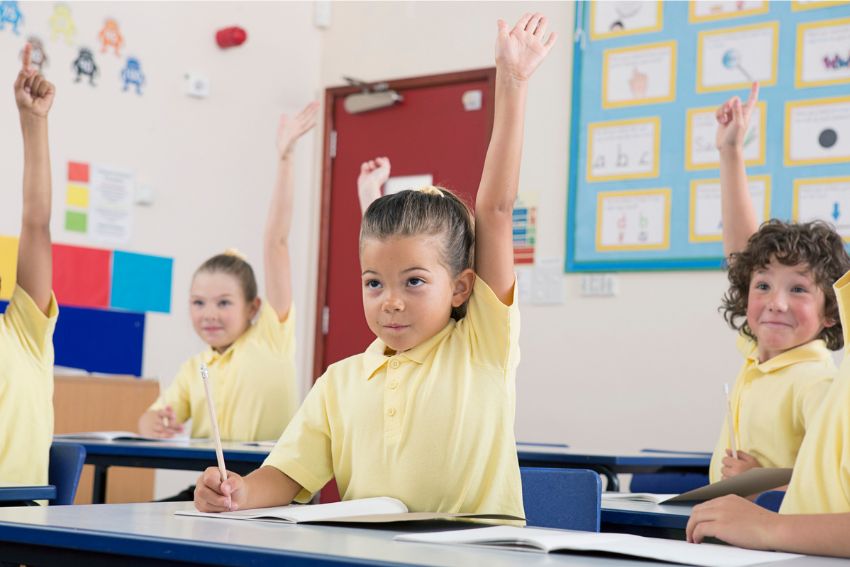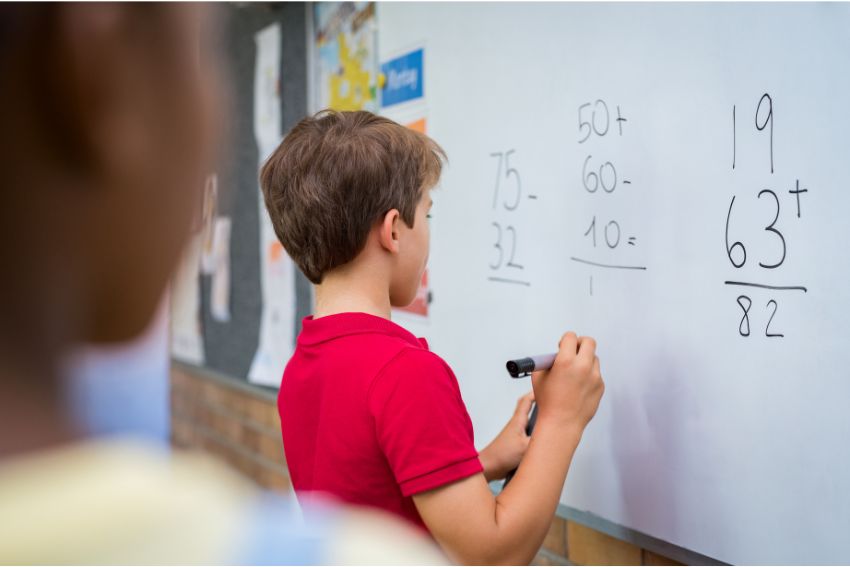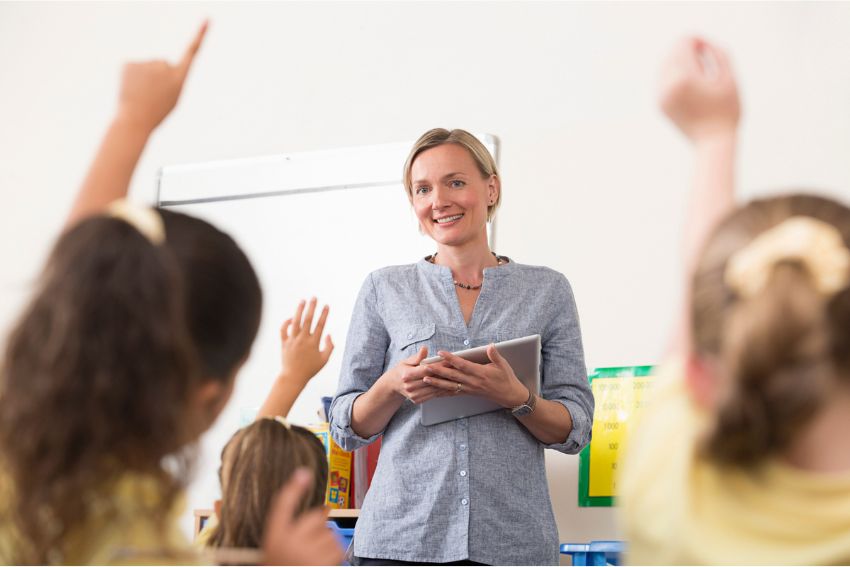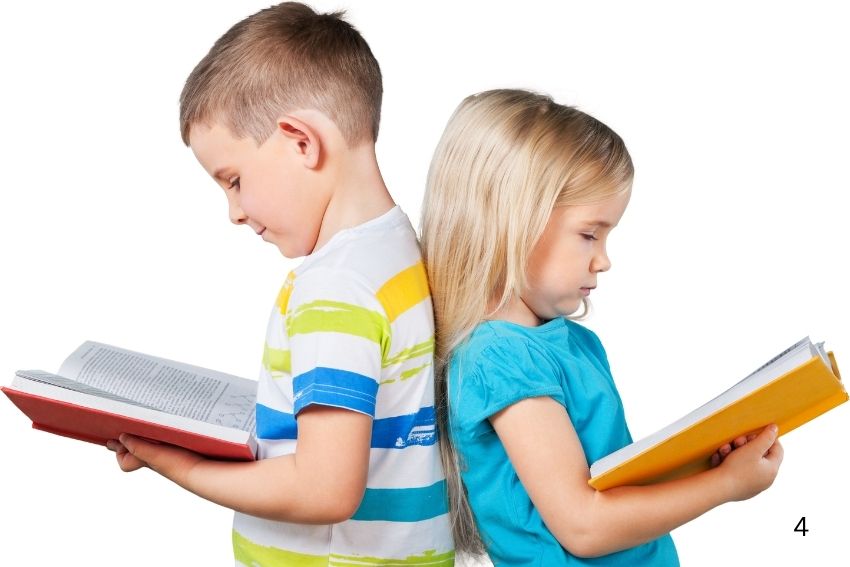Year 4 is an exciting stage in primary education across the UK, typically for children aged 8 to 9. At this age, your child starts diving deeper into key subjects like maths, English, and science. It’s also a time when learning becomes slightly more challenging, building essential skills for future success. In this blog, you’ll find detailed explanations, and clear comparisons to support both parents and students. Together, we’ll make Year 4 understandable and enjoyable for your family.

What Is Year 4?
Year 4 is the second year of Key Stage 2, forming an essential part of primary education. At this stage, child is becoming more independent and confident in their abilities. They’ll typically reach milestones such as improved reading comprehension, stronger maths skills, and greater curiosity in science. Teachers expect students to engage more deeply with subjects, developing skills like critical thinking and problem-solving. Unlike Year 2 and Year 6, there are no formal SATs assessments in Year 4, allowing children to focus on building their knowledge without the pressure of national testing. Throughout Year 4, children learn to manage their workload better, communicate clearly, and collaborate effectively with their peers. This year sets a solid foundation for later success in primary school and beyond.
Year 4 Across the UK
Year 4 education looks slightly different depending on where you are in the UK, but the overall goal remains the same, to support child’s learning and development. In England, Year 4 is part of Key Stage 2, where children aged 8 to 9 focus on subjects like English, maths, science, and the humanities. In Wales, it’s also called Year 4 and falls under Key Stage 2, but the curriculum puts a stronger emphasis on literacy, numeracy, and digital competence.
Northern Ireland takes a slightly different approach, Year 4 here falls under Key Stage 1 rather than Key Stage 2. The focus is still on developing strong foundations in literacy and numeracy, with added attention to personal and emotional development. Meanwhile, in Scotland, the equivalent year is called Primary 5. Although the age is the same, the curriculum is broader and more flexible, giving schools more freedom in how they deliver lessons.
Despite these regional differences, all UK systems share a commitment to building essential skills and preparing children for the next stage of their education.
Year 4 Curriculum Breakdown
In Year 4, your child explores various exciting subjects designed to boost their overall development. The main subjects covered include:
- Maths – Multiplication, division, fractions, decimals, geometry, and measurement.
- English – Reading comprehension, grammar, spelling, creative writing, and vocabulary building.
- Science – Electricity, habitats, sound, states of matter, and simple experiments.
- Geography – Maps, local area studies, basic environmental issues, and global awareness.
- History – British history topics such as Romans, Anglo-Saxons, or Vikings.
- Art and Design – Basic drawing, painting, crafts, and creative expression.
- Computing – Introduction to coding, online safety, basic digital literacy.
- Music – Singing, playing simple instruments, listening skills, and musical understanding.
This rich and varied curriculum is essential because it nurtures academic, creative, social, and physical growth. It gives child a balanced learning experience and prepares them with the skills they’ll need in later years, both in and out of the classroom.

Year 4 Maths Topics
Maths in Year 4 introduces your child to exciting new concepts, building on previous learning. The key topics covered include:
- Multiplication and Division: Learning times tables up to 12 and solving related problems.
- Fractions: Understanding equivalent fractions and adding simple fractions.
- Decimals: Recognising tenths and hundredths, and linking decimals to fractions.
- Geometry: Exploring properties of 2D shapes, symmetry, and basic angles.
- Measurement: Reading and interpreting scales, understanding units of measure, and calculating perimeter and area.
Using helpful diagrams is a great way to make Year 4 maths easier to understand. Visual aids like pie charts, bar models, and number lines can break down tricky topics such as fractions and decimals. For instance, a number line is a simple yet powerful tool to help your child see how fractions and decimals relate to one another.
Year 4 English Curriculum
In Year 4, the child continues to build essential English skills that will help them become confident readers and expressive writers. Creative writing plays a big role at this stage, with children learning how to write structured stories, poems, and descriptions filled with imaginative detail. Spelling becomes more advanced, as they tackle challenging words, learn useful rules and patterns, and get familiar with common exceptions. Grammar lessons cover verb tenses, punctuation, sentence structure, and correct word usage, all of which help sharpen their writing. Reading comprehension also takes a step forward. Your child will explore a variety of texts and begin to interpret meanings, identify main themes, and answer more detailed questions.
How to Prepare for Year 4
Getting your child ready for Year 4 doesn’t need to be complicated. Start by creating regular routines for study, reading, and bedtime to help your child stay organised. You can also briefly review Year 3 topics together, ensuring they enter Year 4 with confidence.
Make daily reading enjoyable by choosing books your child loves, boosting their vocabulary and comprehension skills. Regularly practising times tables up to 12 will strengthen their maths abilities significantly. Lastly, offer emotional support by talking openly about their feelings, reducing any anxieties about Year 4.
For extra support, use websites like Oxford Owl for free educational resources and eBooks or Twinkl for printable activities to enrich learning at home.
Year 4 vs Year 3: Key Differences
When your child moves from Year 3 to Year 4, you’ll notice some clear differences in their learning journey. Children will build upon the Year 3 spelling words and patterns they’ve learnt as they tackle more difficult vocabulary. Here’s a helpful table outlining how subjects become more detailed and challenging. This comparison makes it easier for you to understand what’s new and what to expect from Year 4.
| Subject | Year 3 | Year 4 |
| Maths | Basic multiplication, simple fractions, basic measurements | Complex multiplication/division, equivalent fractions, decimals, geometry |
| English | Shorter texts, basic grammar, simple writing structures | Longer texts, detailed grammar, structured creative writing |
| Independent Learning | Guided learning, regular teacher support | Increased independence, self-organised learning, responsibility in tasks |
How Can Parents Support Their Child’s Learning Journey?
Helping your child succeed in Year 4 means offering a balance of emotional, academic, and social support. Start by talking to your child regularly about their school day. Listen to how they feel, especially if they’re facing challenges, and reassure them that it’s okay to make mistakes and ask for help. Celebrate their efforts rather than focusing only on results, as this builds confidence and motivation.
Academically, it’s important to start by creating a quiet and comfortable space at home where your child can focus on homework or reading. Next, try to maintain a consistent routine for schoolwork, which helps build strong study habits. In addition, use fun resources like educational games, apps, or revision books to keep learning engaging and enjoyable. Finally, take time to go through their schoolwork together, praise their progress, and gently support them in areas where they may be struggling.
Socially, encourage your child to build friendships by arranging playdates or getting involved in clubs or sports activities. Remind them of the importance of kindness, teamwork, and understanding how others feel. When children feel supported in all areas of life, they’re far more likely to approach Year 4 with confidence and a positive attitude.

Conclusion
Year 4 is an important and rewarding stage in your child’s primary education. From building strong foundations in maths and English to exploring science and developing independence, this year offers plenty of growth and discovery. With the right guidance at home, you can make this transition smooth and enjoyable for your child.
Your involvement makes a real difference, whether it’s helping with homework, encouraging good habits, or simply listening when they’ve had a tough day. By staying involved and supportive, you’ll help your child feel more confident and prepared for the challenges ahead. If you ever feel your child could use a bit of extra support, consider working with an experienced online tutor. Let’s make this school year a positive and inspiring one together.
FAQs
How old are students in Year 4?
Typically, children are 8 to 9 years old. Most turn 9 during the academic year.
What is taught in Year 4?
Students learn English, maths, science, history, geography, art, music, PE, and computing. Additionally, core skills in reading, writing, and numeracy are strengthened.
What does the Year 4 mean?
Year 4 refers to the fourth year of primary school in England, Wales, and Northern Ireland, and is equivalent to Primary 5 in Scotland.
What stage is a Year 4 student in?
A Year 4 student is in Key Stage 2 in England and Wales, Key Stage 1 in Northern Ireland, and Second Level (Primary 5) in Scotland.








